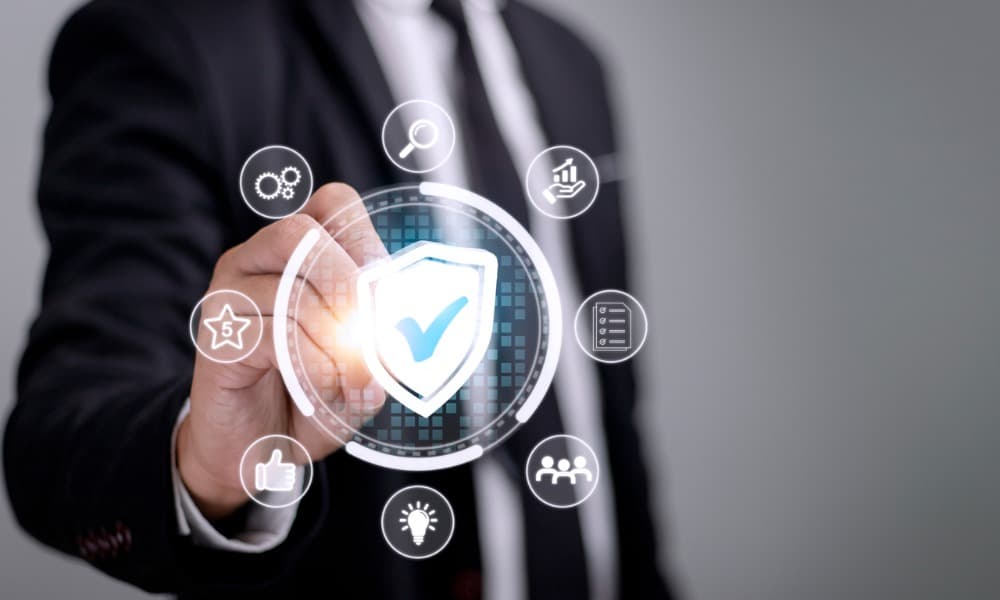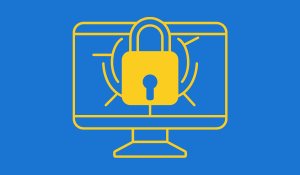Let’s be honest. Most companies are a well-crafted phishing email away from disaster. And it’s not because your EDR is out of date or your firewall is slacking off. It’s because someone on your team (maybe even you?) might click the big red button that says “Download Invoice.zip”—without thinking twice.
That's why we need to talk about the most unpredictable part of your cybersecurity setup: your people.
The Real Cybersecurity Threat: People
Companies love throwing money at technology. Firewalls. Endpoint protection. Encryption. Managed detection. All good things. But none of them matter if Chad in Accounting thinks every PDF attachment is urgent and real.
Let’s be real, most data breaches don’t happen because some elite hacker cracked your firewall from a secret bunker. They happen because someone on your team made a simple mistake. Opened the wrong email. Sent money to the wrong account. Bought a gift card they
thought their boss requested. Nearly every incident we handle at Endsight starts with a people problem, not a tech failure.
That’s why the first
pillar of cybersecurity isn’t technology—it’s behavior. People are where the real risk lives... and where the real protection starts.
The Fix: Focus on the People Pillar
The people in your organization are your first line of defense—and your biggest liability—when it comes to protecting sensitive data.
Here’s how you turn your team from risk to resource:
1. Train Like You Actually Care
If you think a once-a-career PowerPoint and a quiz qualifies as cybersecurity training, I have bad news. Cyber threats evolve constantly—and your team needs regular, realistic training to keep up.
At Endsight, we provide free, monthly
cybersecurity training that’s practical, quick, and designed to stick. Your staff may not become cybersecurity pros—but they’ll think twice before clicking on things that make your IT team cry.
2. Make Security Everyone’s Job
Cybersecurity is not just IT’s responsibility. Every person with a keyboard plays a role. When people understand the “why” behind the security policies, they’re more likely to follow them.
This includes everyone—from the intern to the CEO. Especially the CEO.
3. Set the Tone at the Top
When leadership skips the MFA setup or uses “password123,” it sends a message. Culture starts at the top. Model the behavior you want to see. If you ignore security practices, don’t be surprised when your team does too.
4. Ditch the Blame Game
Accidents happen. People click things. The goal isn’t perfection—it’s fast reporting. Create a no-blame culture where your team knows they can report suspicious activity without shame or judgment. The faster you know, the faster you can contain the damage.
5. Have an Incident Response Plan (and Tell People Where It Is)
Here's a wild idea: Have a plan for when things go sideways. A real one. Written down. Shared with your team. And not buried in a forgotten folder from 2019 labeled “Security_Stuff_FINAL_v2.docx.”
Everyone should know what to do if something looks off—or actually goes wrong. Who do they call? What do they disconnect? When do you bring in support? The best time to figure that out is not during the breach.
If your plan is collecting dust (or doesn’t exist), let’s talk. We’ve helped plenty of clients build
5. Build Habits, Not Hype
Cybersecurity isn’t a one-time event. It’s a mindset. Make security a natural part of onboarding, monthly team check-ins, and day-to-day workflows. Over time, this creates muscle memory—and fewer calls to incident response.
Bonus Tip: People Need More Than Policies
Security policies are fine. But they don’t replace real-world awareness. If your team doesn’t know what a phishing email looks like or how ransomware sneaks in, then your policies are just nicely formatted wishful thinking.
The Payoff: Real Risk Reduction
When your people are trained and aware, your cybersecurity risk drops—dramatically. Not to zero (let’s be honest, nothing gets you to zero), but far enough down that you’re not waking up at 2 a.m. thinking about invoice scams.
Cybersecurity is a shared responsibility. It’s about empowering people to spot threats, avoid traps, and protect company data with confidence.
What Endsight Brings to the Table
We don’t just talk about this—we build it into how we support you.
Endsight offers:
Whether you need help launching a security training program or want to take a serious look at how your people impact your cyber risk—we’re here.
Let’s make your people the strongest part of your security plan.
(And stop letting Chad click things.)




